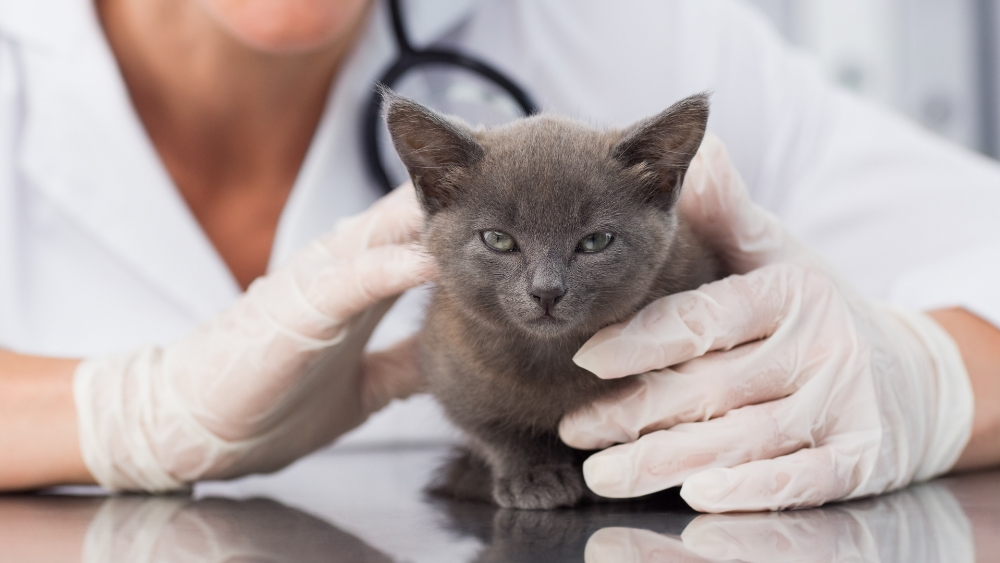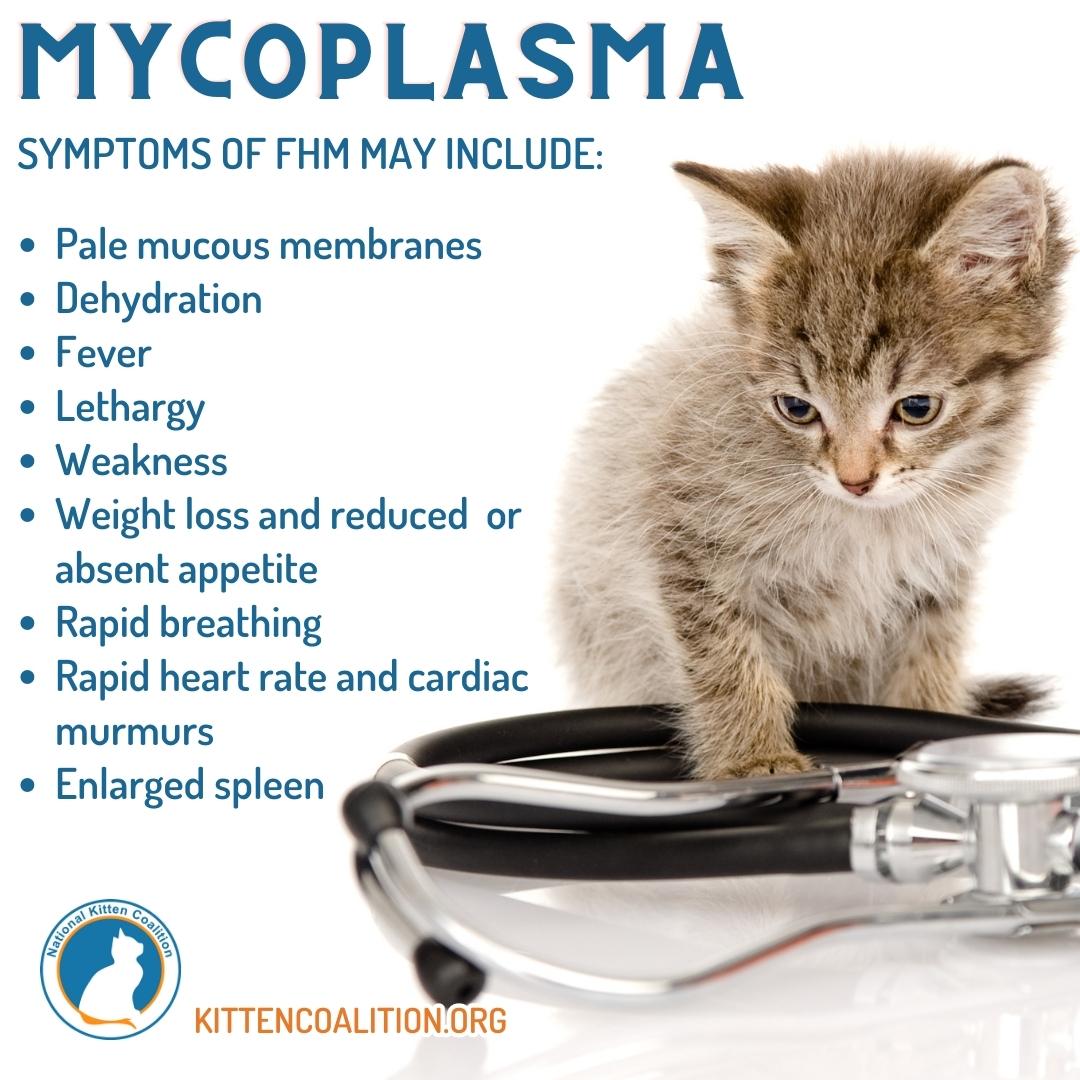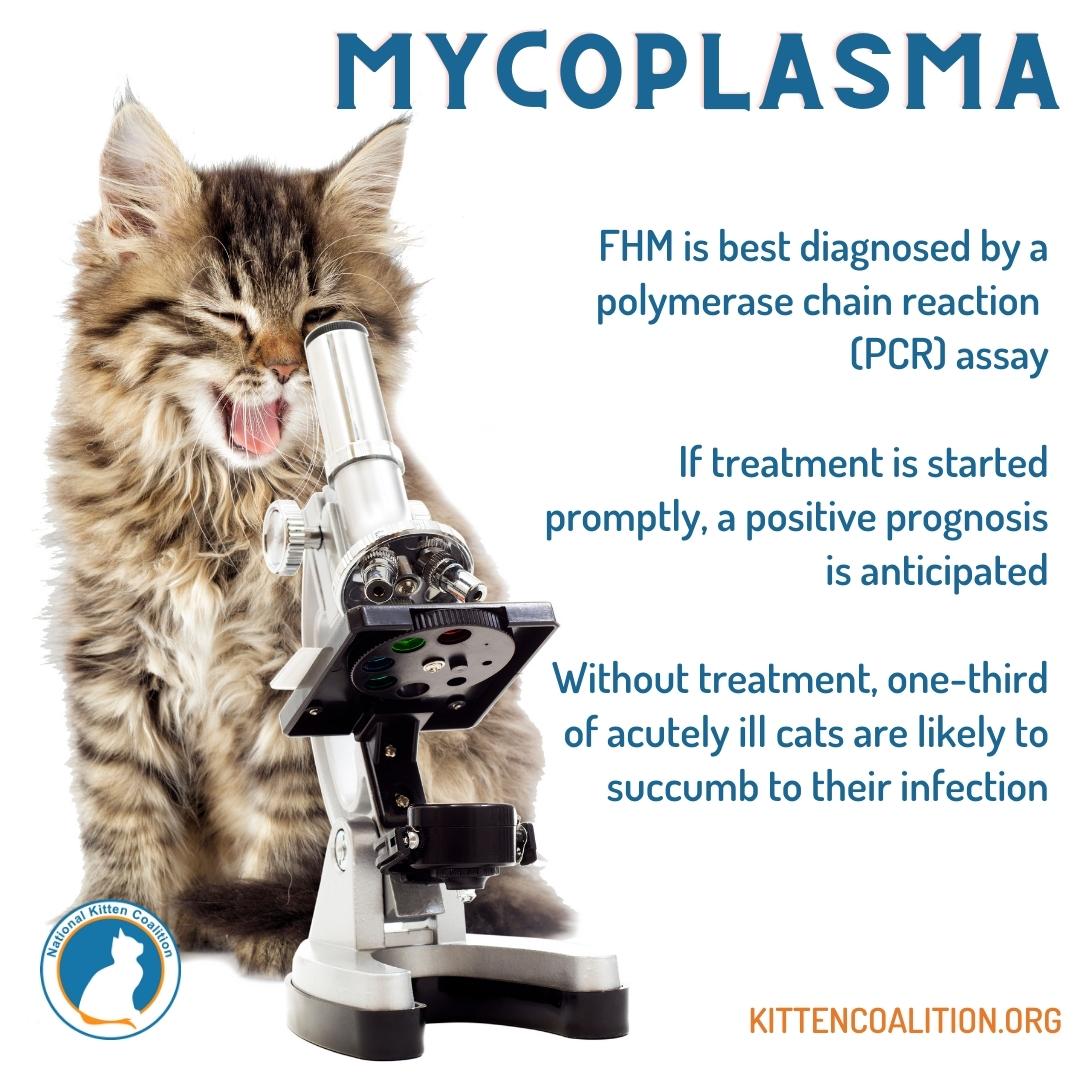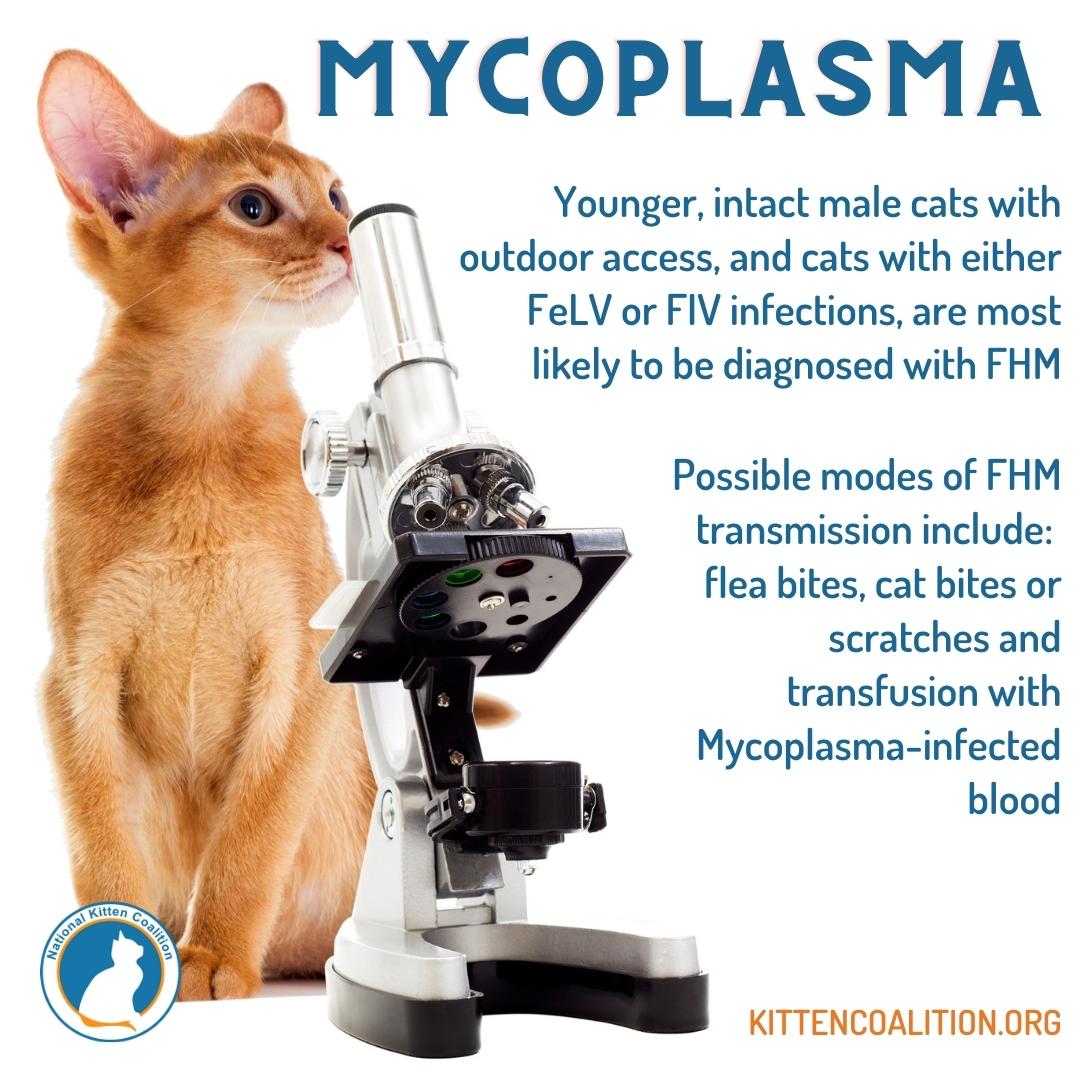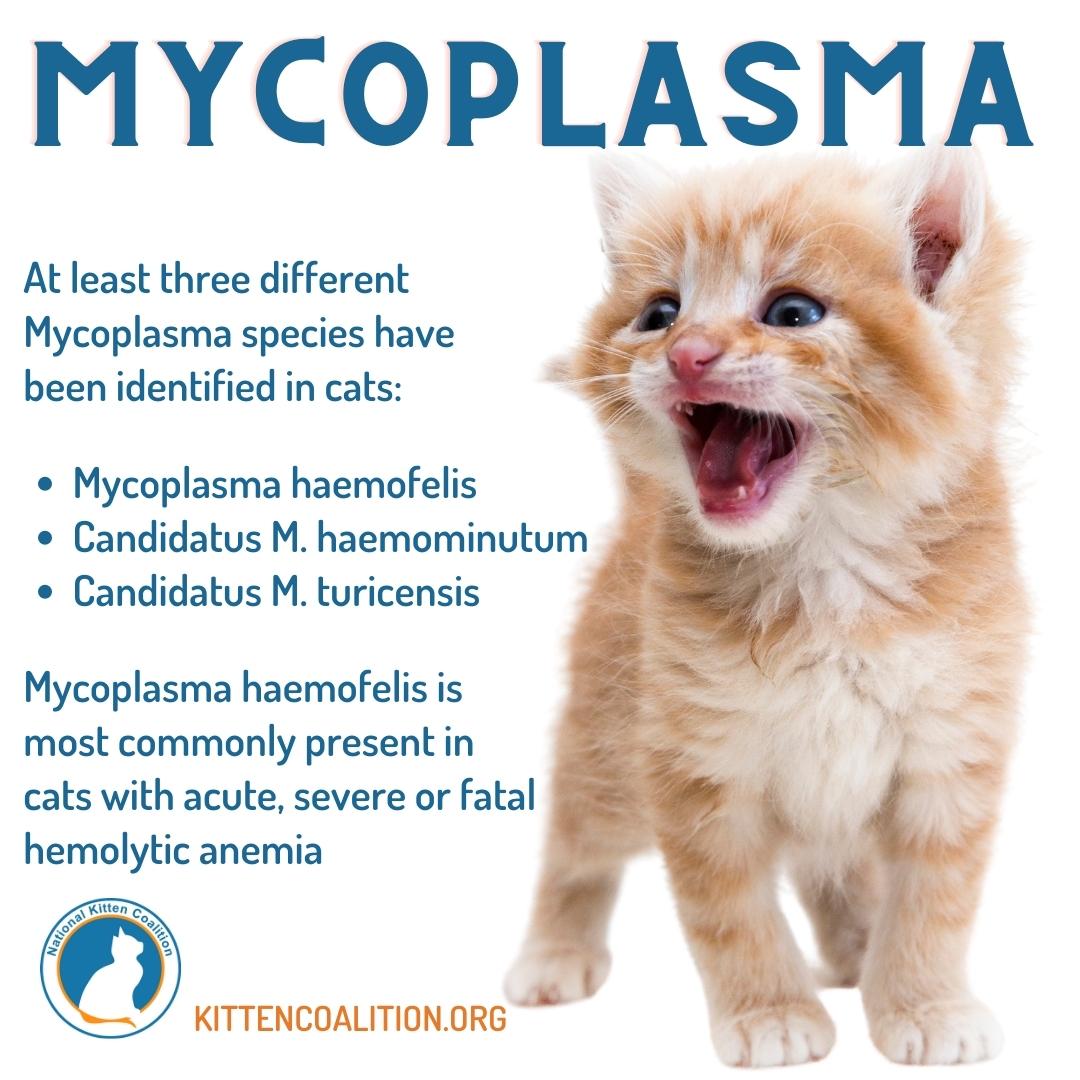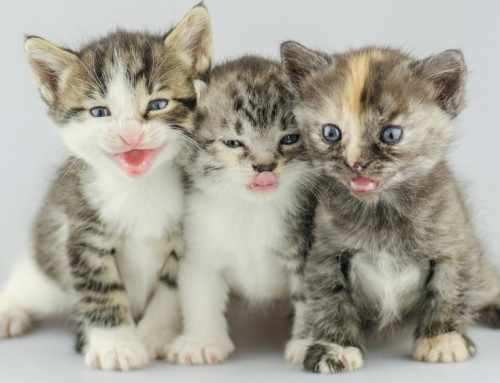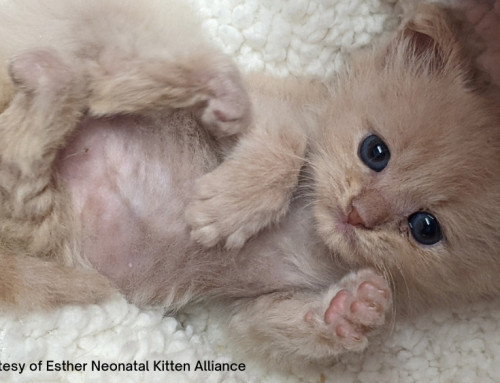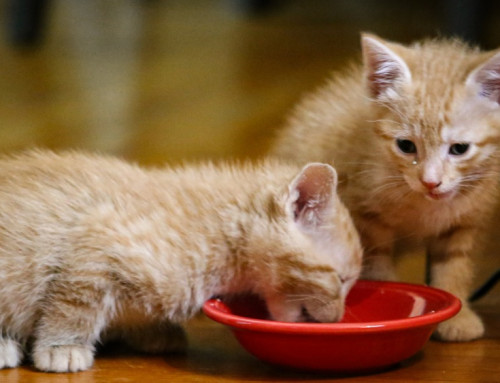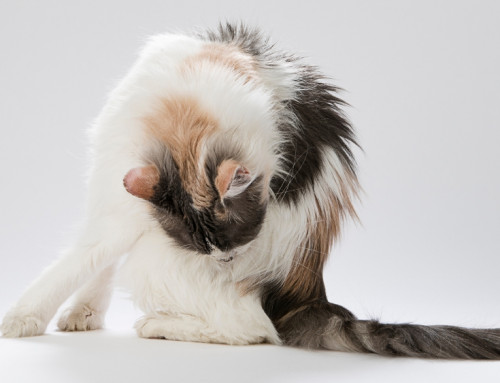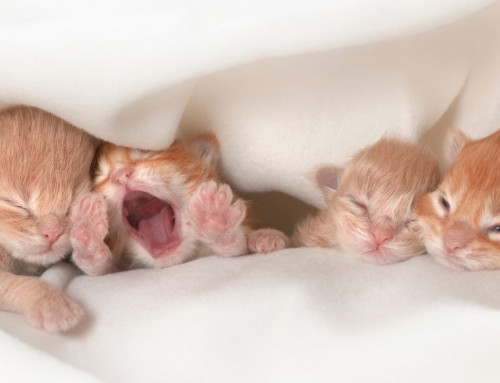Share this resource or email it to a friend!
What Causes Feline Hemotropic Mycoplasma?
Feline Hemotropic Mycoplasma (FHM), previously known as Haemobartonellosis and Feline Infectious Anemia (FIA), is a disease caused by the parasitic bacterium Mycoplasma. This small bacterium attaches to the external surface of red blood cells (RBCs) and causes an immune reaction in the host cat, which results in red blood cell destruction and potentially anemia.
At least three different Mycoplasma species have been identified in cats: Mycoplasma haemofelis, Candidatus Mycoplasma haemominutum and Candidatus Mycoplasma turicensis. Mycoplasma haemofelis is most commonly isolated in cats with acute, severe or fatal hemolytic anemia.
How is Feline Hemotropic Mycoplasma Transmitted?
The mode of transmission for FHM is still not well understood. Historically, fleas were reported to play a central role in transmission, but recent research has been unable to confirm this mode of transmission. While cats of any age can become infected, younger male cats with outdoor access, as well as cats infected with either FeLV or FIV, are most likely to be diagnosed with FHM. Transmission via cat bite or scratch is considered possible, as well as through a blood transfusion with Mycoplasma-infected blood. Transmission through objects such as shared food or water dishes is unlikely. After exposure, the incubation period for FHM is typically two weeks, although up to seven weeks is possible.
What Are the Symptoms of Feline Hemotropic Mycoplasma?
The symptoms of FHM may include:
- Pale mucous membranes (indication of anemia)
- Dehydration
- Fever
- Lethargy
- Weakness
- Weight loss and reduced or loss of appetite (anorexia)
- Rapid breathing (tachypnea)
- Rapid heart rate (tachycardia) and cardiac murmurs can also be present
- Enlarged spleen (splenomegaly)
How is Feline Hemotropic Mycoplasma Diagnosed?
FHM is best diagnosed by a polymerase chain reaction (PCR) assay. The test detects Mycoplasma DNA in blood samples, which should be taken before antibiotic treatment is begun. In addition, screening for Feline Leukemia Virus (FeLV) and Feline Immunodeficiency Virus (FIV) is also recommended, since FHM infected and symptomatic cats are often concurrently infected with these diseases.
What is the Treatment for Feline Hemotropic Mycoplasma?
Treatment includes appropriate antibiotic administration, medications to modify the response of the immune system and possibly blood transfusion, along with supportive care.
What is the Prognosis for Feline Hemotropic Mycoplasma?
If treatment is started promptly, a positive prognosis is anticipated, although treated cats may remain carriers and can experience periodic relapses if they are stressed or immunocompromised. Without treatment, one-third of acutely ill cats are likely to succumb to their infection.
Spaying and neutering, providing indoor-only homes and utilizing monthly flea prevention will decrease the risk of FHM.

